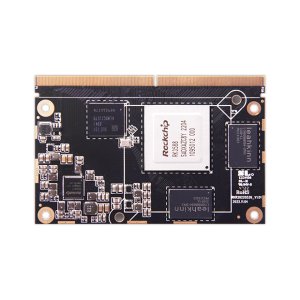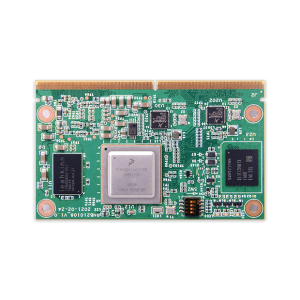Why System on Module (SoM) is the Future of Compact Computing Solutions
Why System on Module (SoM) is the Future of Compact Computing Solutions
Blog Article
Side processing has emerged as a revolutionary tendency in the technology business, enabling quicker data handling and paid off latency by getting computational energy nearer to where data is created. A key development advancing that transformation may be the increase of computer on module market which are lightweight, efficient, and versatile computing products made to combine effortlessly in to tailored electronics systems.

The Position of Computer on Segments in Side Computing
Computer on Segments have grown to be crucial in edge computing because of their ability to streamline hardware style while maintaining sturdy running capabilities. In accordance with a recently available record by MarketsandMarkets, the world wide edge research market is estimated to grow from $40.84 million in 2021 to $132.11 million by 2026, with COMs enjoying a substantial role in this expansion.
These segments are specially impactful in industries requesting real-time knowledge examination at the edge. For instance, the transportation market utilizes COMs in autonomous cars for real-time decision-making, while intelligent towns deploy them to manage programs like traffic movement and energy distribution.
Small and Functional Style
One of the standout features of Pc on Adventures is their compact and modular design. This allows designers to include high-performance computing energy in to side devices without the necessity for intensive equipment redesign. A study by IoT Analytics found that 68% of businesses implementing IoT options contemplate modular hardware like COMs crucial for quick implementation and scalability.
COMs also help custom-made options, creating them suited to a wide selection of applications, from professional automation to healthcare. Their power to conform to specific needs is really a operating power behind their usage in edge research systems.
Power Performance and Performance
Side processing units usually perform in conditions with limited power resources. COMs address this challenge by giving enhanced energy effectiveness without limiting on computational strength. A examine by Allied Market Study outlined that energy-efficient side computing options are anticipated to take over the market through 2030, placing COMs as a critical part for reaching that goal.
Furthermore, with developments in processors and integrated graphics, COMs now provide the performance needed for AI-driven applications at the edge. This not just enhances real-time abilities but additionally decreases dependence on centralized cloud systems.
Why the Potential Goes to COMs
With world wide information technology projected to attain 175 zettabytes by 2025, side research is set to be integral than ever. Computer on Adventures offer an flexible, energy-efficient, and scalable answer for running that influx of data. Their relevance across varied industries like healthcare, production, and telecommunications just underscores their vital role in surrounding the future of side computing.
COMs are no further just a technological trend; they're the backbone of next-generation edge techniques operating invention and performance across the globe. Whilst the need for edge research continues to grow, so may the significance and affect of COMs in that fast growing landscape. Therefore, it's secure to say that Pc on Adventures are here to remain and may carry on shaping the continuing future of side computing.

Realization
Edge processing is transforming just how we process and utilize information, with Computer on Modules at the front of this revolution. Their small style, flexibility, energy effectiveness, and efficiency cause them to become an ideal answer for running real-time data at the edge. As industries increasingly rely on edge processing because of their operations, COMs will enjoy a crucial role in operating innovation and effectiveness in these systems. Report this page